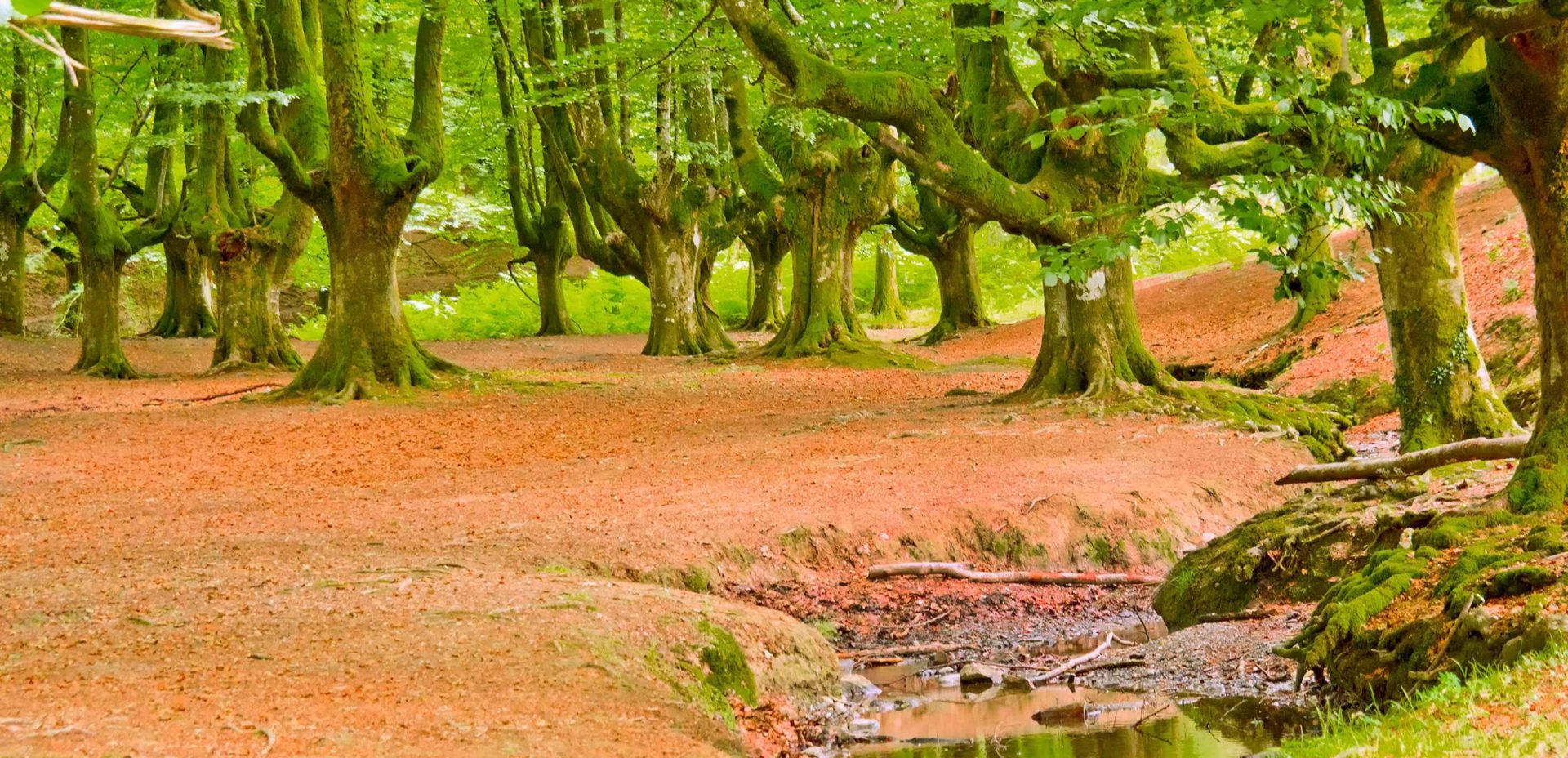Protecting the complexity of natural environments, as well as animal and plant species, is one of Enel’s priority objectives. There are 187 international projects in progress undertaking environmental monitoring, restoration and conservation activities.
There is simply no way that energy production can be sustainable if it doesn’t respect and safeguard the areas in which the power generation plants are situated. It is for this very reason that Enel considers the protection of natural capital and biodiversity to be fundamental to its strategy. And it has made this objective very clear in its strategy, in line with the United Nations Sustainable Development Goals (SDGs). Indeed, SDG 15 (“Life on Land”) relates to the actions to be taken to protect, restore and promote the sustainable use of terrestrial ecosystems, to sustainably manage forests, combat desertification, and to halt land degradation and biodiversity loss.
A wide range of projects
Protecting and preserving the diversity of animals and plants, as well as their right to exist in natural environments, also carries great economic value. Indeed, activities such as farming, forestry and fishing all closely depend on biological diversity, as do the stability of natural hydrological cycles, soil fertility and a balanced climate. Even food production is governed by biodiversity, putting mechanisms such as pollination or pest and disease control at its service. In a natural system into which human beings fit harmoniously, everything tends to balance perfectly.
The Group is fully aware of all these aspects, and that is why it has launched 187 projects around the world to protect biodiversity. They cover a variety of aims and purposes, in particular biodiversity monitoring, environmental restoration, and the conservation of animal species and ecosystems.
Trees in Argentina
A particularly important project in Argentina is the biodiversity protection program which was launched in Buenos Aires near the country’s largest thermal power plant, Enel Generación Costanera. The plant is located within the ecological reserve of the same name on the Rio de La Plata riverbank. The Costanera reserve covers a natural area of approximately 350 hectares, with lagoons, marshlands and forests containing the largest wealth of biodiversity in the Buenos Aires area. Around 300 species of birds nest here, in addition to the 70 different species of mammals, reptiles and amphibians that also call the reserve home.
As part of the project, Enel has planted a vegetation barrier consisting of 220 trees of six different native species covering a 516-meter stretch along the riverbank, the aim of which is to strengthen the bank and to prevent any sinking of the waterside area due to river erosion.
The initiative was developed in collaboration with the National Agricultural Technology Institute, a strategic partner that not only helped develop the program but was also key in choosing which species to plant. This was in order as to ensure continuity with the flora of the Costanera Sur Ecological Reserve, located less than a kilometer from the plant. This project is proof that it’s also possible to safeguard biodiversity in an industrialized area.
Protected areas in Colombia
Enel Biodiversa, a project that’s particularly notable for its complexity and scope, has been running in Colombia since 2021. Indeed, it brings together under its umbrella the work carried out by the Group in over a decade on safeguarding the various ecosystems that typify the natural heritage of this country, one of the most biodiverse in the world. Around 80 different initiatives have been launched in collaboration with over 20 strategic partners. The projects undertaken include tree planting, creating alliances with nature reserves, protected areas and environmental institutions, wild animal protection, preserving endangered flora and fauna species, and the construction of agrivoltaic plants, to name but a few.
In Colombia, Enel has a presence in ten of the most important local ecosystems, including Andean forests, tropical dry forests, tropical mountain rainforests and mangroves. The various activities have made it possible to develop a deep knowledge of these environments, which has been put to use in the Enel Biodiversa project in order to help protect, conserve and restore this wealth of biodiversity. In particular, about 30,000 hectares of nature reserve land is protected, involving the safeguarding of approximately 1,000 plant and animal species, and around 4 million trees have also been planted. The activities that have been undertaken include the transformation of the Los Farallones and El Guavio areas into a Regional Natural Park covering almost 25,000 hectares, and the creation of an Orchid Clinic for the conservation and care of one of Colombia’s most important species of flora.
This commitment to community growth helps generate development opportunities for local economies, creating shared value for both the area and its people.
A growing commitment
Just in terms of habitat recovery, Enel is conducting programs on land covering almost 4,400 hectares around the world. In 2015, the Group established a specific policy that sets out the guidelines for its work in this area. For the 2021-2023 two-year period, it has established two specific objectives for action in its Sustainability Plan. These are geared towards improving the risk assessment and biodiversity management processes at its facilities, as well as defining indicators to measure its activities and achievements in this area.
For further details regarding these projects and activities, please click here.
Source: Press Release/ Newsroom


